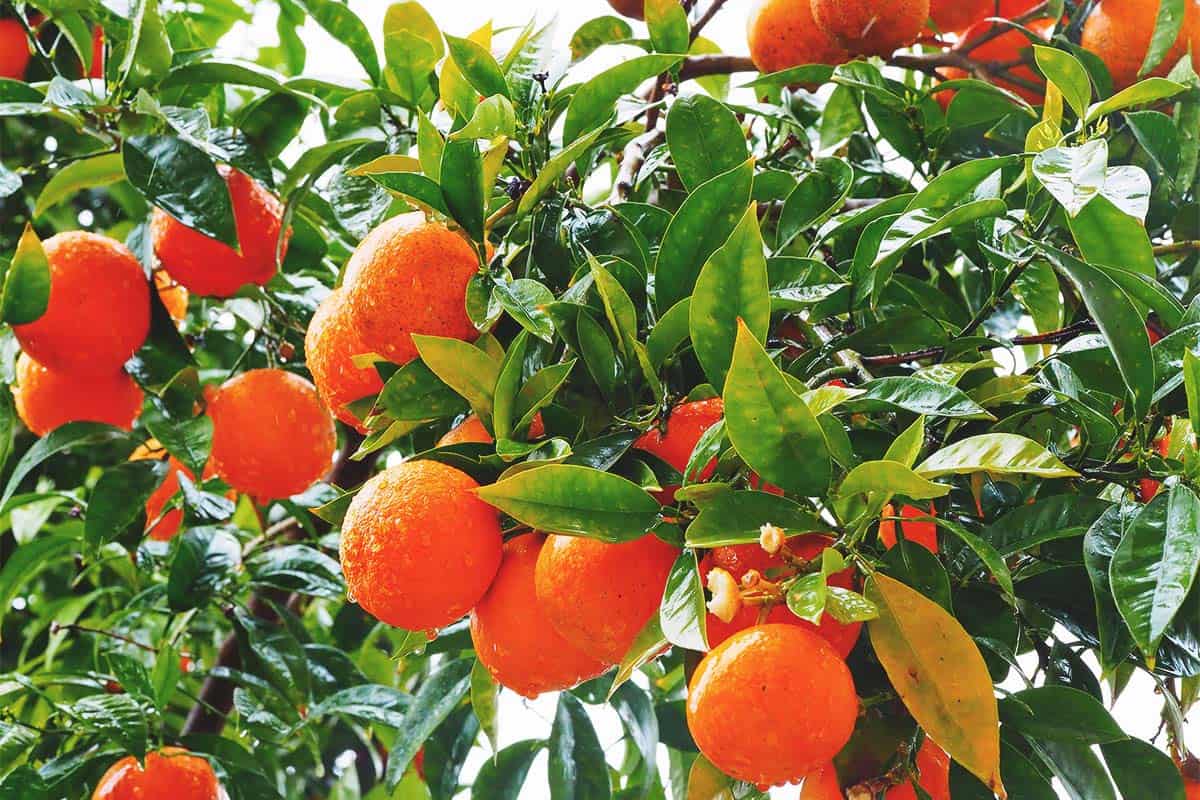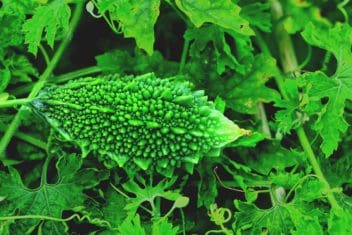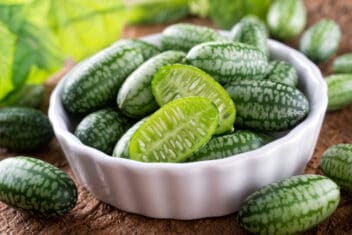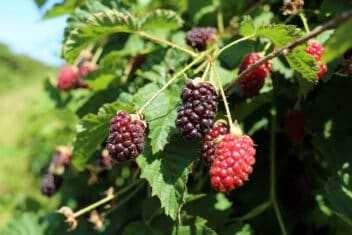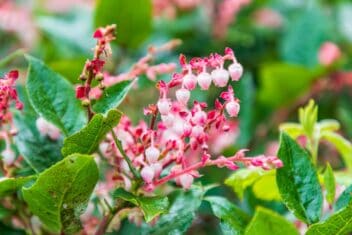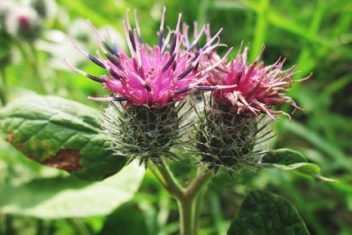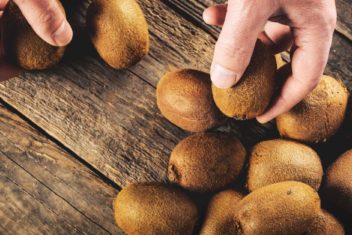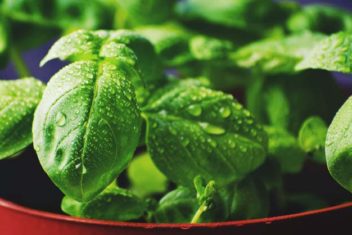Do you love the juicy, sweet burst of citrus fruits? Considering growing oranges in your own yard? I get it – there’s nothing better than a home-grown orange straight off the tree.
Oranges are a citrus tree that grows in subtropical regions, but that doesn’t mean you’re out of luck if you live in a cooler area. You can grow oranges, as well as lemons and other citrus trees, in containers.
Here is what you need to know about growing oranges in your space, whether indoors or out.
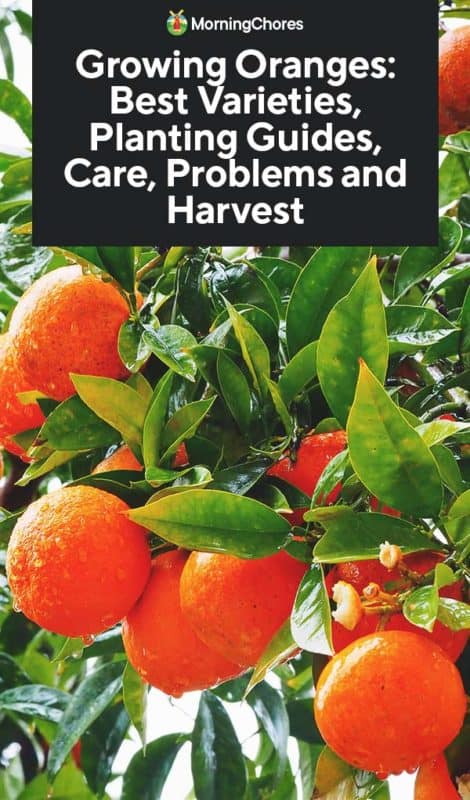
Varieties of Orange Trees

Most citrus trees are self-fertile, so you don’t need to plant more than one tree for fruit production.
Hamlin
If you want a tree that is as cold hardy as possible, Hamlin is a great choice. They have few seeds and thin skin, making them ideal for eating and juicing. Everyone loves their juicy flavor. These trees reach as high as 14 feet.
It’s cold hardy down to 18°F and grows in USDA zones 8 and up. Unfortunately, it’s not a good candidate for container growing.
Valencia
Were you hoping for some freshly squeezed juice? Valencia bears juicy fruits and tons of them. These trees don’t take up too much space. A standard tree reaches 15 feet, but a dwarf variety reaches 10 feet tall at maximum.
Moro Blood Orange
Blood oranges are gaining popularity, so buying and growing one in your backyard could be a great thing. These oranges are good for juicing and fresh eating. When you grow them outside, they reach a maximum height of 15 feet.
It can grow in desert or coastal areas. It’s hardy down to zone 8 and grows in zones 4-11 as a patio plant.
Honeybells
It’s hard not to enjoy these delicious fruits. Honeybells are one of the premium oranges that are mailed around the USA and only available for a short period. They’re a delicious hybrid of a tangerine and a super sweet grapefruit.
If you want to grow one of these trees, you’ll need to pre-order ahead of time. These are self-harvesting trees, which means the fruits will naturally fall off of the tree when it’s mature.
Washington Navel
Navel oranges are one of the most popular varieties of oranges bought and sold in the store. The Washington navel is a sweet, seedless orange that is easy to peel and perfect for eating. If you want to pick oranges off of the tree and eat it fresh, this variety could be the ideal choice.
Standard sized trees reach 20 feet tall, but dwarf Washington navel trees reach a maximum height of 10 feet tall. Dwarf varieties stay small and are perfect for containers.
How to Grow Oranges in Your Orchard
Growing oranges can be a delicious investment to make for your property. Not only do they produce delicious fruits, but you can sell or preserve the oranges.
These trees don’t tolerate any frost, nor does it handle temperatures below 45℉ unless you select a specific variety that is hardier in cold weather.
Soil Requirement for Oranges
Oranges, as well as most citrus trees, require warm, moist soil that is enriched with organic matter. You should mix compost with the potting soil that you use to give the necessary nutrients for proper growth.
Soil should be well-draining, loamy, and sandy, with a pH between 6.0-7.5.
Where to Plant Orange Trees
Picking the right spot is crucial for orange trees. That’s the same for any orchard tree. Orange trees need a spot sheltered from the wind that receives full sunlight spring to fall. Some varieties can handle a small amount of shade, as well.
Then, in the winter, you’ll move your plants into a greenhouse, sunroom, or somewhere heated unless you live in zones 8 and above.
If you’re growing more than one orange tree on your property, be sure to plant the trees 16 feet apart with rows 16 feet apart as well.
When to Plant Orange Trees
If you live in the citrus belt, which is the area from southern California to Florida, you can plant citrus fruit trees at any time. If you don’t live in those areas, the best time to plant oranges is in the spring after all danger of frost has passed.
How to Plant Orange Trees
Put your new trees out in late winter or early spring, depending on the outside temperatures. Remember, they cannot go below 45℉ for many varieties.
You can either start orange seeds in your home or purchase an orange tree from a garden nursery. If you purchase transplants, put them slightly deeper in the soil than they were planted in their container.
You can also remove the seeds from the fruit after you eat it and soak them overnight in the water. Then, plant them 1/2 inch deep in potting soil. Make sure you wrap the pot with a plastic bag. It needs to sit in a warm, sunny spot for weeks until the seed germinates.
This method can take years before you’ll have a fruit harvest.
Growing Oranges in Containers
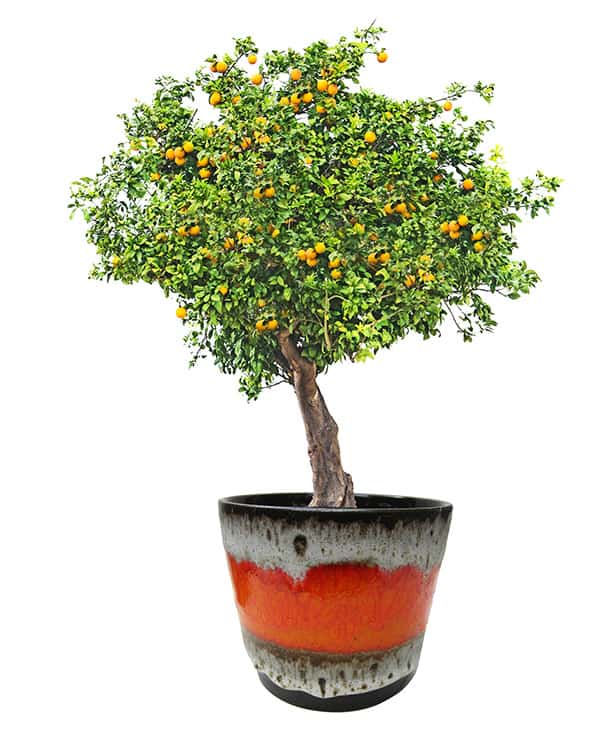
It’s possible to grow oranges in containers, and doing so opens the opportunity to grow oranges no matter where you live. In the winter, you can move the oranges into your greenhouse or indoors to overwinter.
Pick a large container that holds 20-gallons of potting soil. They need plenty of space to grow their root system for proper development.
If you are planting in pots, fill them with potting soil and rich compost, which will ensure compact, vigorous growth.
How to Care for Oranges in Your Orchard
Here are some tips for taking care of your orange trees.
Watering Your Trees
How much you need to water your trees will vary by climate and the yearly total rainfall. The rule to remember is that taking care of orange trees involves regular watering to prevent wilting.
Water lowers the solid content of the fruit, and the depth of the planting affects how much water you need to give your tree. Typically, orange trees need 1-1.5 inches of water per week.
Young trees need water every 3-7 days. After that, water less frequently but deeply.
Feeding Your Trees
Most fruit trees, including orange trees, need to be fertilized to encourage proper fruit development. The best times to feed your trees are the spring and summer. Pick a balanced, organic fertilizer.
Keep an eye out for yellow leaves, which is an indicator that your fruit tree requires more nitrogen. Fertilize immediately before watering.
Container plants need more fertilizer than plants in the ground using a container-specific citrus fertilizer.
Don’t Mulch Your Trees
For citrus trees, it’s not a good idea to mulch around them. If you plant the trees in a cultivated planting bed with mulch, try to keep mulch at least 12 inches away from your tree trunk.
Prune Your Trees
All fruit trees need to be pruned, including orange trees. The best time to prune them is in the spring or summer. This process is essential because it helps to keep the shapes of the plants as well as encouraging more fruit growth.
This video should help you prune your orange tree the right way:
Common Pests and Diseases
Here are some of the most common pests and diseases.
Citrus Canker
This is a highly contagious bacterial infection that leads to yellow lesions on the fruit, leaves, and twigs of all citrus trees. If the infection is bad, it can cause leaf loss, blemished fruit, and death of the tree. This bacteria can spread quickly on air currents, insects, birds, and other methods.
The best way to get rid of citrus canker is by spraying the tree with a fungicide as a preventative treatment. However, typically, the trees are destroyed before you can stop the spread of the bacteria.
Greasy Spot
This is a fungal disease that leads to yellowish-brown blister spots on leaves, typically on the underside of the leaves. As it gets worse and spreads, you’ll notice the blisters forming an oily look that can lead to significant leaf loss.
The best way to control greasy spot is by removing any damaged leaves, reducing the total spores. Then, spray the tree with a fungicide.
Root Rot
Typically called brown rot or collar rot, this is a tree disease caused by a fungus that lives in the soil. It causes brownish patches on the trunk of the trees. These patches seep, and the disease will gradually advance, causing the bark to dry out and crack. It can also cause the browning and decaying of the fruit.
If your plant has root rot, you need to remove all of the leaves and the damaged fruit as it falls to the ground. Make sure you prune all of the lower branches on the tree. All branches need to be at least 2 feet above the ground.
Aphids
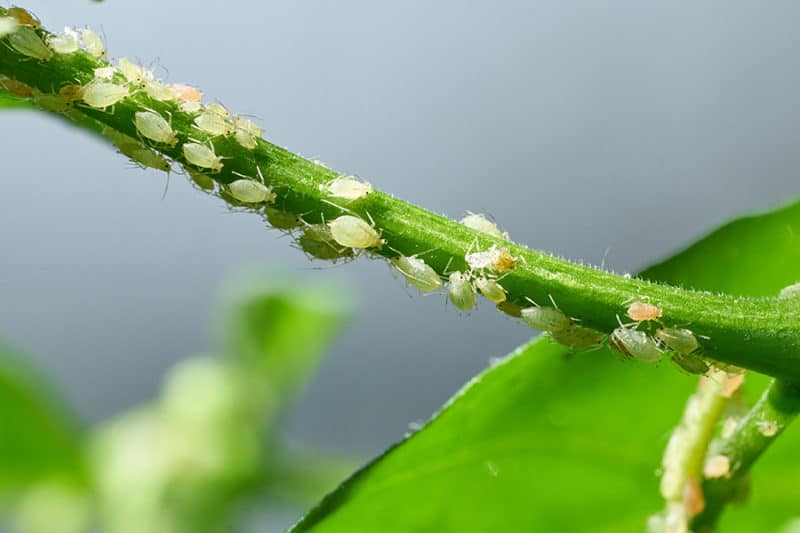
Aphids can cause severe damage to growing orange trees by sucking the sap out of the leaves. You can most easily see the symptoms of an aphid infestation on the lower leaves when the leaves have multiple puckered marks, as well as the twisting of the leaves.
During the infestation, the leaves look to be dripping of sap on the underside of the leaves. Luckily, aphids can be controlled with safe insecticides rather than chemicals. Make sure you spray on the bottom of the leaves and all visible areas.
Citrus Whitefly
This is a tiny white-winged insect that measures 1/12 inch, typically found on the underside of the leaves. If you shake the branches, you’ll see dozens leave and take flight, fluttering around the tree.
Citrus whiteflies lay their eggs on the underside of the leaves, and later, after they start to suck the sap from the leaves, they begin to curl. Eventually, the leaves will be covered a moldy substance.
The best way to control citrus whiteflies is to spray the tree with insecticides. It can be hard to control the population typically, but covering the tree with netting can help.
Citrus Thrips
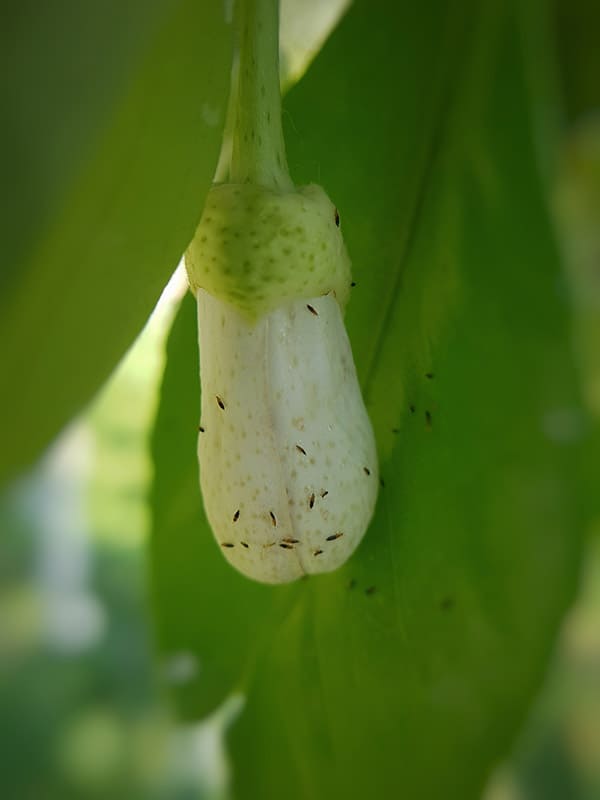
With this disease, you’ll notice shriveled leaf buds with curled, distorted leaves. Citrus thrips can also cause scabbed fruit that is streaked or with a silvery color. They are tiny orange or pale yellow insects that love to attack young leaves and juvenile fruit. The adult thrips lay their eggs in the fall with the immature thrips emerging in the spring.
You can treat the trees by using a spray that contains spinosad. You might need to repeat the application every 2-3 weeks to get full control over the infestation.
Companion Planting for Orange Trees
It can be hard to practice companion planting when it comes to trees, but it is easier if you grow the trees in containers. In most cases, oranges resent close company because they’re heavy feeders and want all of the nutrients.
Some possible companion plants for orange trees include:
- Lavender
- Garlic
- Dill
- Lemon balm
- Marigold
- Fennel
- Yarrow
- Nasturtium
- Clover
Don’t try growing oranges near sweet potatoes, sorghum, corn or cowpeas.
Harvesting Oranges
Typically, for most varieties, fruit-bearing starts when the trees are between 3-6 years old, but the exact age depends on your climate.
Oranges don’t ripen all at once, so you’ll need to continue to harvest frequently. It takes 6-8 months for fruits to ripen fully, and they don’t fall off the tree unless you grow a self-harvesting variety. Pick the fruits that are richly colored and fully ripened.
To harvest the fruits, cut them off with pruning shears or pull the fruit stalk from the tree. Once you collect the fruits, store the undamaged fruits at cold temperatures for the best results.
